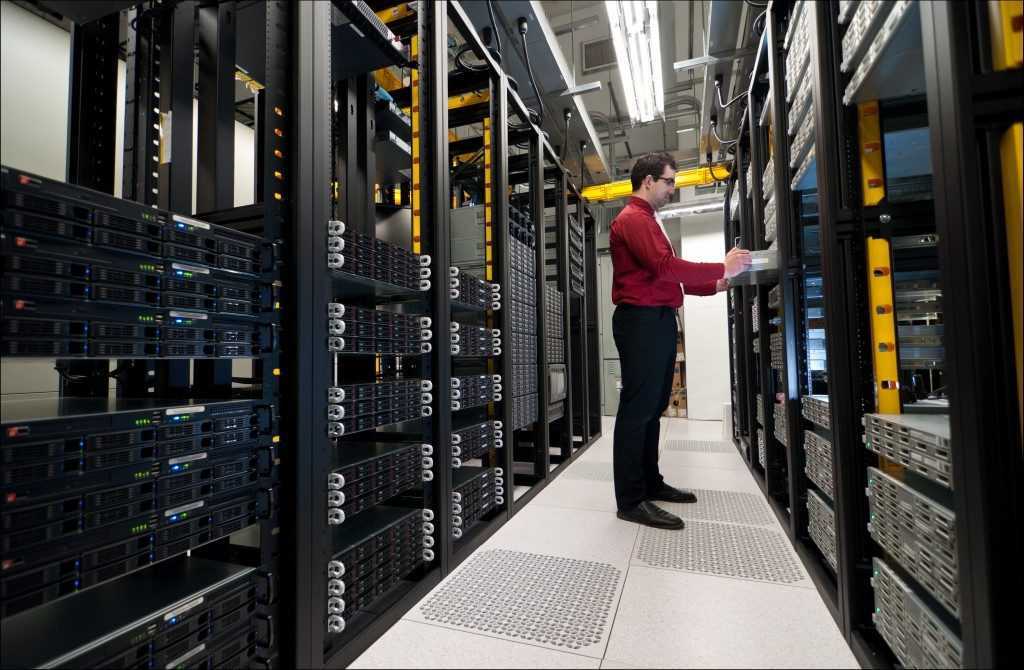 For companies that depend on networking environments requiring up to 10 Gigabit of Ethernet deployments, it pays to understand the many different components that comprise them. Two of the most important parts of a network environment are the network interface card (NIC) and the transceiver.
For companies that depend on networking environments requiring up to 10 Gigabit of Ethernet deployments, it pays to understand the many different components that comprise them. Two of the most important parts of a network environment are the network interface card (NIC) and the transceiver.
Without these two, or the use of low quality components, will definitely affect the performance of your network.
A 101 on NICs
Network interface cards serve the function of a physical connection (interface) between network cables and computers. You install them in each computer’s expansion slot and network server.
Once installed, the next step is to attach the network cable to the NIC’s port. This allows for the creation of a physical connection between the network and the computer.
NIC main functions
There are many roles that NICs play in a network environment. One is data preparation, where in it sends data from the computer to the network cable. It also takes responsibility for transferring data to other computers or devices. Additionally, it takes control over the data flow and data exchange occurring between the cabling system and the computer. Lastly, it serves as the receiver for incoming data originating from the cable and then translates it into computer-readable data.
Data preparation by the NIC
Before one can send data over a network, the NIC should first transform it into a computer-readable form in order for it to travel via a network cable. The NIC receives the data travelling in parallel and then restructures it. It does so in order for the data to flow through the network cable.
The role of transceivers
This is where transceivers come into play.
In order to translate the digital signals of the computer into optical or electrical signals that will flow through the network’s cables, you need a transceiver (a device with a built in transmitter and receiver). Nowadays, small form-factor pluggable (SFP) devices are available for better, faster performance for networking environments requiring up to 10 Gigabit Ethernet applications.
A good example is the Cisco SFP-10G-SR, enhanced versions of the SFP. The Cisco SFP-10G-SR datasheet includes SR and SR-X models, capable of supporting link lengths of up to 400m.

